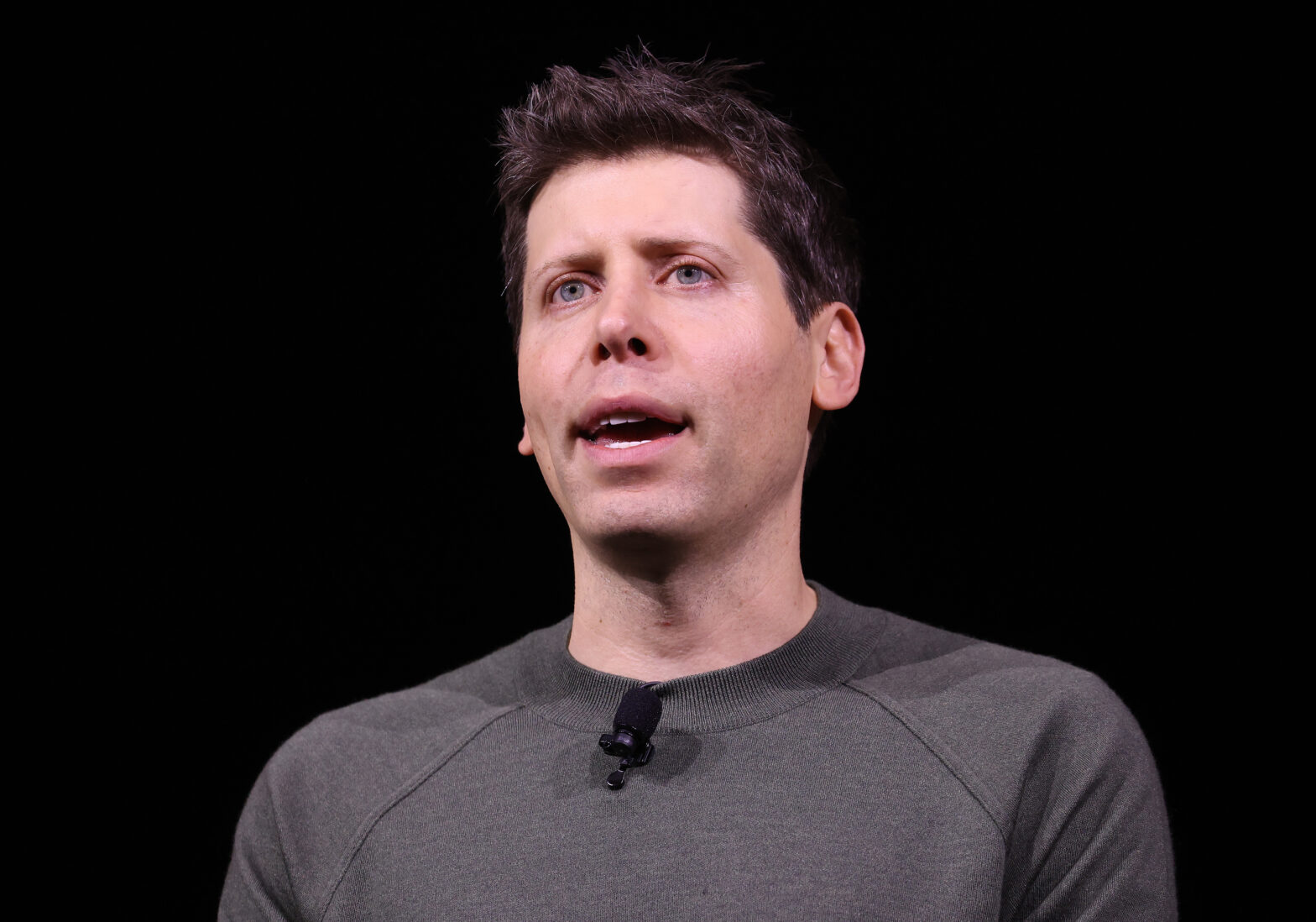Digital transformation has become an increasingly important area of focus for the government and wider public sector in recent years. Whether it’s to enhance services or generate greater value for money, public bodies – both at the national and local level – are looking to digitisation and new technologies to provide them and the public with solutions.
However, despite this drive for digital transformation, the public sector is still facing challenges it’s struggling to overcome, particularly when it comes to legacy technology. This was highlighted in a recent study which found that 53% of central and local governments said legacy infrastructure was among the biggest challenges to transformation efforts.
This can be due to a range of reasons, such as decision makers not wanting to move away from platforms they are comfortable using or the cost of replacing these solutions with new alternatives making them hesitant to take the plunge. These are understandable concerns and one of the best ways to address these challenges lies in digital discovery.
Digital discovery allows public sector organisations to review the current solutions in place and to identify which legacy technologies are holding back their capabilities and, importantly, which new solutions can be put in place to address these challenges.
However, in a sector where budgets, resources and deadlines are often restrictive, conducting a digital discovery in an efficient and cost-effective manner is vital. If done in an accelerated and efficient way, a discovery that would normally take 12 weeks or more can be completed in just a few weeks, when testing solutions can then begin, saving time and money.
The challenge for public bodies then becomes how can they get maximum value like this from a discovery? If these organisations want to undertake an accelerated, effective digital discovery that produces results sooner, there are three key things they need to consider.
Three tips for change management success in public sector transformation
Prioritisation and empowerment
Firstly, public bodies should focus on outcomes rather than output. By identifying where an immediate impact can be made to address the challenges of legacy technology – rather than trying to fix everything at once – you can empower digital partners and discovery teams to identify issues and make key decisions without blockers from other teams, existing structures or business areas. Removing this red tape will mean decisions and actions will be taken at a pace, delivering greater value and results in the process, rather than creating complicated services that users struggle to navigate.
Embracing diversity
The next focus to enhance digital discovery should be diversity, building and working with project teams that cover a wide range of disciplines and skill sets, as well as ages, races and genders.
Increased diversity means that a discovery team benefits from different experiences and frames of reference, helping to avoid conformity and a groupthink mentality, which can result in issues being missed or solutions not being considered as everyone is thinking on the same page.
For example, including people from non-digital backgrounds in a discovery team, such as service users, will help to identify problems that otherwise may be missed. This is because these team members will not be looking at the challenges from a technical aspect but rather how it affects how people use the service, something that may go unnoticed by more digitally focused individuals.
Promoting diversity in tech, and encouraging the next generation of cyber security professionals
Taking a multidisciplinary approach
Finally, public sector bodies need to optimise the way they understand and quantify the challenges they face with legacy solutions from multiple perspectives.
This can be achieved by identifying traditionally lengthy points of the discovery process and streamlining these. Listening in on staff calls with service users, rather than conducting interviews; engaging staff users in a short workshop to map out the service and their experiences of using it; and using a service blueprint to find and propose solutions; each provide shortcuts through the discovery journey while also ensuring detailed information and solutions are identified and dealt with.
Technology and user needs also need to be investigated side-by-side, rather than as separate parts of the discovery process. By taking a holistic approach, assessing the challenges of the organisation, the users and the feasibility of a solution together at the earliest point, public bodies can avoid facing issues down the line where problems may have been overlooked and newly built platforms need to be reworked.
Technology is constantly evolving and with new and enhanced solutions coming to the fore, it’s important the government and wider public sector have the ability to understand and embrace these. Digital discovery is a vital part of this and through working with digital partners who understand how to take a detailed, efficient and cost-effective approach to discoveries, they will be able to better identify problems and put in place the right solutions to produce real benefits to public bodies, services and citizens.









